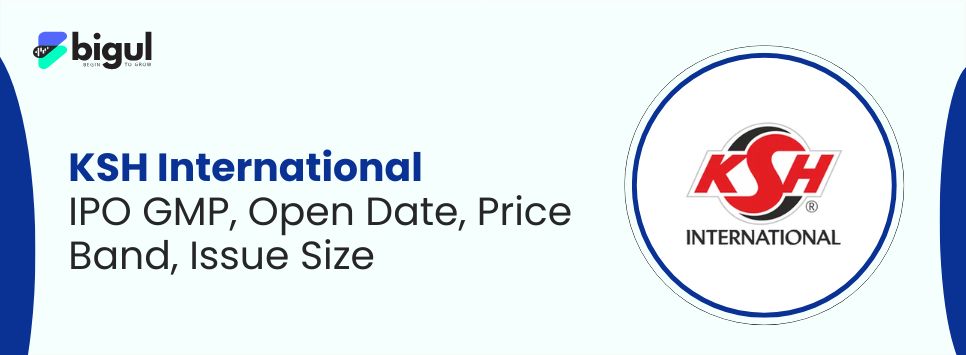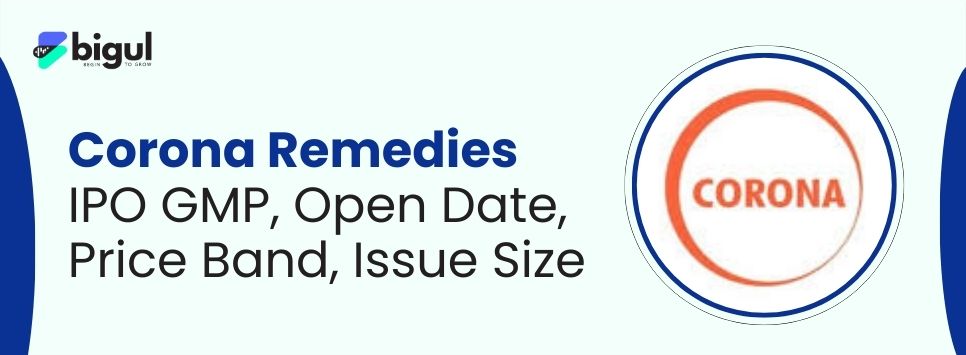The Central Board of Direct Taxes (CBDT) announced that the Cost Inflation Index (CII) for FY 2023-24 has increased to 348 from 331 in the previous year. While this may seem insignificant, the CII is crucial in saving tax on long-term capital gains (LTCG) from assets such as equity, real estate, and gold.
Also Read | Insights into the Nifty Metal Index and the Metal Industry
Understanding the Cost Inflation Index (CII)
The CII reflects the average change in prices of goods and assets due to inflation or deflation year-on-year. The value for FY24 indicates an average increase of 5.14% in prices compared to the previous year. This is an average increase, meaning some products or assets may have increased more than others, and some may have decreased in price.
The purpose of CII values is to relieve taxpayers by factoring in inflation when calculating capital gains tax on the sale of assets. When an asset’s value (and sale price) increases significantly over time, the difference between the sale price and the cost price also increases, leading to higher tax liability. However, due to inflation, the value of money decreases over time, making it necessary to spend more to purchase the same asset. To account for this, the government artificially increases the cost price through the CII, narrowing the difference between the sale and cost prices and reducing the tax liability.
The Cost Inflation Index (CII) is an essential tool for taxpayers looking to save on long-term capital gains tax (LTCG) from assets like equity, real estate, and gold. The CII values reflect the average change in prices of goods and assets due to inflation or deflation year-on-year. The government uses the CII to factor in inflation when calculating capital gains tax on the sale of assets. This way, taxpayers can take advantage of the benefit of inflation and reduce their tax liability.
Understanding the CII and how it works is crucial for taxpayers looking to save on their taxes. The value for FY 2023-24, which is 348, reflects an average increase of 5.14% in prices compared to the previous year. However, this is an average increase, and the prices of individual goods and assets may have increased or decreased by different amounts.
Indexed Cost of Acquisition
To calculate LTCG tax liability, income tax allows an assessee to consider the indexed cost of acquisition, which adjusts the investment amount against the CII value of the relevant financial years of sale and purchase. For example, gains arising from property transfer attract capital gains tax, and the indexed acquisition cost is used to calculate LTCG from the property.
The indexed cost of acquisition is calculated by multiplying the cost of acquisition by the CII value of the year of transfer of capital asset and dividing it by the CII of the year of acquisition. For instance, if a person bought a house in 2010-11 for Rs 50 lakh and sold it for Rs 1 crore in 2020-21, the indexed acquisition cost would be 90,11,976 [50,00,000 x (301/167)]. The LTCG would be Rs 9,88,023 (1,00,00,000 – 90,11,976), the amount on which LTCG tax will apply.
While the CII numbers for FY 2023-24 or AY 2024-25 are provisional figures, the final number may vary. Therefore, it is advisable to use this number to estimate gains but wait for the final number before paying taxes on those gains to the department.
Indexed Cost of Acquisition
The indexed cost of acquisition is a method used to adjust the purchase price of an asset against inflation. The indexed acquisition cost is calculated by multiplying the CII value of the year of transfer of the capital asset by the cost of acquisition and dividing it by the CII of the year of acquisition.
For example, if a person bought a house in 2010-11 for Rs 50 lakh and sold it for Rs 1 crore in 2020-21, the indexed acquisition cost would be 90,11,976 [50,00,000 x (301/167)]. The LTCG would be Rs 9,88,023 (1,00,00,000 – 90,11,976), the amount on which LTCG tax will apply.
By taking advantage of the indexed acquisition cost, taxpayers can reduce their tax liability on LTCG from assets like real estate, gold, and equity.
Importance of CII in Tax Planning
CII plays a crucial role in tax planning. It is used to calculate the inflation-adjusted cost of acquiring assets, which is crucial for calculating the capital gains tax on the sale of assets. With the help of the CII, taxpayers can figure out the actual gains net of inflation made on the transfer of assets such as equity, real estate, and gold.
The CII is also essential for taxpayers looking to save on their taxes. By taking advantage of the indexed acquisition cost, taxpayers can reduce their tax liability on LTCG from assets like real estate, gold, and equity.
Final Thoughts
In conclusion, the Cost Inflation Index is vital for taxpayers looking to save on their taxes. It is used to calculate the inflation-adjusted cost of acquiring assets, which is crucial for calculating the capital gains tax on the sale of assets. The indexed cost of acquisition is an essential method for adjusting the purchase price of an asset against inflation, and taxpayers can take advantage of it to reduce their tax liability on LTCG from assets like real estate, gold, and equity.
Also Read | Bank Nifty Volatility Index








.jpg)
.jpg)
